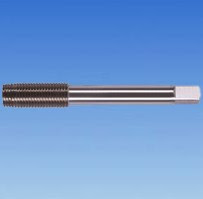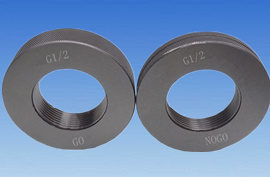All That You Know About the Acme Thread Gauge

A thread gauge has been used to perform a qualitative examination on products made in compliance with a particular thread norm. The thread gauges are available in a wide variety of styles and sizes, and they are compliant with the majority of thread standards. A thread gauge is a relatively basic term in which it is connected to a mating thread to ensure that the thread of the element fits the thread of the gauge. The acme thread gauge is used to measure the external and internal gauges properly. Even before 1895, Acme threads were developed to replace square threads and a number of other threads, mostly for the purpose of generating traversing motions on devices, equipment, and high-pressure jobs. Acme threads are commonly used for jack screws, lead screws, CNC devices, and various other uses. Lathes, milling machines, and presses are also examples of industrial applications that need high torque and power transfer, which use acme thread gauge. Acme ...
